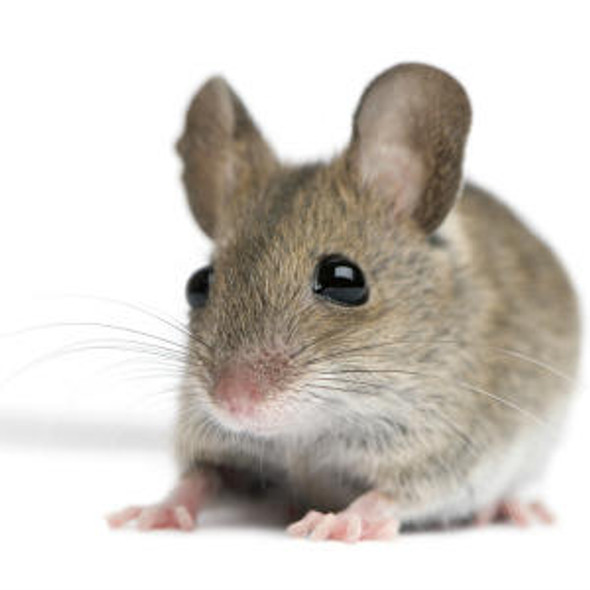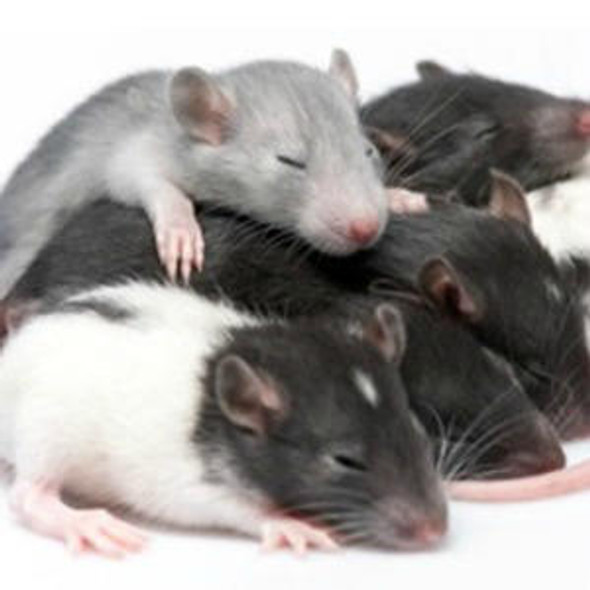Human AMBP Recombinant Protein (RPPB2850)
- SKU:
- RPPB2850
- Product type:
- Recombinant Protein
- Size:
- 100ug
- Species:
- Human
- Target:
- AMBP
- Synonyms:
- Alpha-1 Microglobulin
- A1M
- Source:
- Purified from the urine of patients with chronic renal tubular proteinuria
- Uniprot:
- P02760
Description
| Product Name: | Human AMBP Recombinant Protein |
| Product Code: | RPPB2850 |
| Size: | 100µg |
| Species: | Human |
| Target: | AMBP |
| Synonyms: | Alpha-1 Microglobulin, A1M. |
| Source: | Purified from the urine of patients with chronic renal tubular proteinuria |
| Physical Appearance: | Sterile Filtered White lyophilized (freeze-dried) powder. |
| Formulation: | Lyophilized from 0.02M NH4HCO3. May contain traces of buffer salts. |
| Solubility: | Use phosphate buffer, pH>7.0 containing 0.15M NaCl, is recommended. |
| Stability: | Human A1M although stable at room temperature for 3 weeks, should be stored between 2-8°C. |
| Purity: | Greater than 96.0%. |
Alpha 1-microglobulin (A1M) is a lipocalin superfamily member (kernal lipocalins). A1M is a low molecular weight protein component of plasma. A1M is distributed in plasma and extravascular compartments of all organs. Alpha-1 Microglobulin is found in mammals, birds, amphibians and fish. The primary sites of A1M synthesis are the liver and the kidney. Around the opening of the lipocalin pocket three lysyl residues are situated; those residues carry yellow-brown modification derived from the binding and degradation of heme and kynurenin (a tryptophan metabolite). A1-Microglobulin’s reductase and dehydrogenase have broad biological substrate specificity properties due to its’ free cysteine side-chain which is located in a flexible loop. Alpha-1-microglobulin is glycosylated by three separate carbohydrate chains: two complex carbohydrates which are N-linked to asparagines at residues 17 and 96, and the other simple carbohydrate which is O-linked to threonine at position 5. The carbohydrates comprise 22% of the total molecular mass of the protein. The glycosylation varies between species. A1M exists in two forms- a free form and complexed to other macromolecules: in humans- complexed to immunoglobulin A (IgA), in rat- complexed to alpha-1-inhibitor-3. Free A1M is exceptionally heterogeneous in charge (therefore also known as protein HC), and is found tightly linked to a chromophore. The free Alpha-1-microglobulin is a monomeric protein composed of one 188 residue polypeptide and contains three cysteines, two of which (residues 75 and 173) form a conserved intra-molecular disulphide link. The chromophoric group is covalently bound to the free cysteine residue at position 34. A1M binds retinol as a major ligand, but this is probably distinct from its covalent chromophore. Half of all human plasma A1M (approximately 0.03mg/ml) forms a 1:1 complex with about 5% of plasma immunoglobulin A. The resulting macromolecular complexes’ molecular weight is 200000, and a plasma concentration of 0.3mg/ml. The complex can exhibit both antibody activity and affect many of the biological actions of free Alpha-1-microglobulin. Alpha-1-microglobulin was first discovered in pathological human urine. It was suggested that A1M might be involved in tissue defense against reactive oxygen species, oxidation by heme and kynurenin. Evidence also suggests that A1M functions in the regulation of the immune system. Other functions include: inhibition of stimulation of cultured lymphocytes by protein antigens; induction of cell division of lymphocytes, a mitogenic effect that can either be enhanced or inhibited by the action of other plasma components; inhibition of neutrophil granulocyte migration in vitro; and inhibition of chemotaxis. Other functions include inhibition of stimulation of cultured lymphocytes by protein antigens; induction of cell division of lymphocytes, a mitogenic effect that can either be enhanced or inhibited by the action of other plasma components; inhibition of neutrophil granulocyte migration in vitro; and inhibition of chemotaxis.
Alpha 1-microglobulin (A1M) is an immunomodulatory protein with a broad spectrum of possible clinical applications and seems a promising marker for evaluation of tubular function.
| UniProt Protein Function: | AMBP: Inter-alpha-trypsin inhibitor inhibits trypsin, plasmin, and lysosomal granulocytic elastase. Inhibits calcium oxalate crystallization. |
| UniProt Protein Details: | Protein type:Secreted, signal peptide; Secreted Chromosomal Location of Human Ortholog: 9q32-q33 Cellular Component: extracellular space; cell surface; intracellular membrane-bound organelle; plasma membrane; extracellular region Molecular Function:serine-type endopeptidase inhibitor activity; protein binding; protein homodimerization activity; calcium oxalate binding; IgA binding; heme binding; calcium channel inhibitor activity Biological Process: negative regulation of JNK cascade; receptor-mediated endocytosis; viral reproduction; heme catabolic process; negative regulation of immune response; protein catabolic process; female pregnancy; cell adhesion; protein-chromophore linkage |
| NCBI Summary: | This gene encodes a complex glycoprotein secreted in plasma. The precursor is proteolytically processed into distinct functioning proteins: alpha-1-microglobulin, which belongs to the superfamily of lipocalin transport proteins and may play a role in the regulation of inflammatory processes, and bikunin, which is a urinary trypsin inhibitor belonging to the superfamily of Kunitz-type protease inhibitors and plays an important role in many physiological and pathological processes. This gene is located on chromosome 9 in a cluster of lipocalin genes. [provided by RefSeq, Jul 2008] |
| UniProt Code: | P02760 |
| NCBI GenInfo Identifier: | 122801 |
| NCBI Gene ID: | 259 |
| NCBI Accession: | P02760.1 |
| UniProt Related Accession: | P02760 |
| Molecular Weight: | |
| NCBI Full Name: | Protein AMBP |
| NCBI Synonym Full Names: | alpha-1-microglobulin/bikunin precursor |
| NCBI Official Symbol: | AMBP |
| NCBI Official Synonym Symbols: | A1M; HCP; ITI; UTI; EDC1; HI30; ITIL; IATIL; ITILC |
| NCBI Protein Information: | protein AMBP |
| UniProt Protein Name: | Protein AMBP |
| UniProt Synonym Protein Names: | Alpha-1 microglycoprotein; Complex-forming glycoprotein heterogeneous in charge |
| Protein Family: | Alpha-1-macroglobulin |
| UniProt Gene Name: | AMBP |
| UniProt Entry Name: | AMBP_HUMAN |










